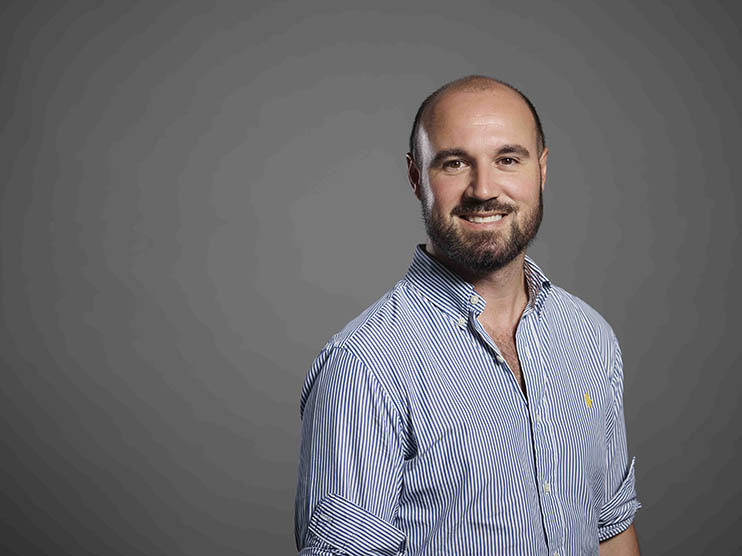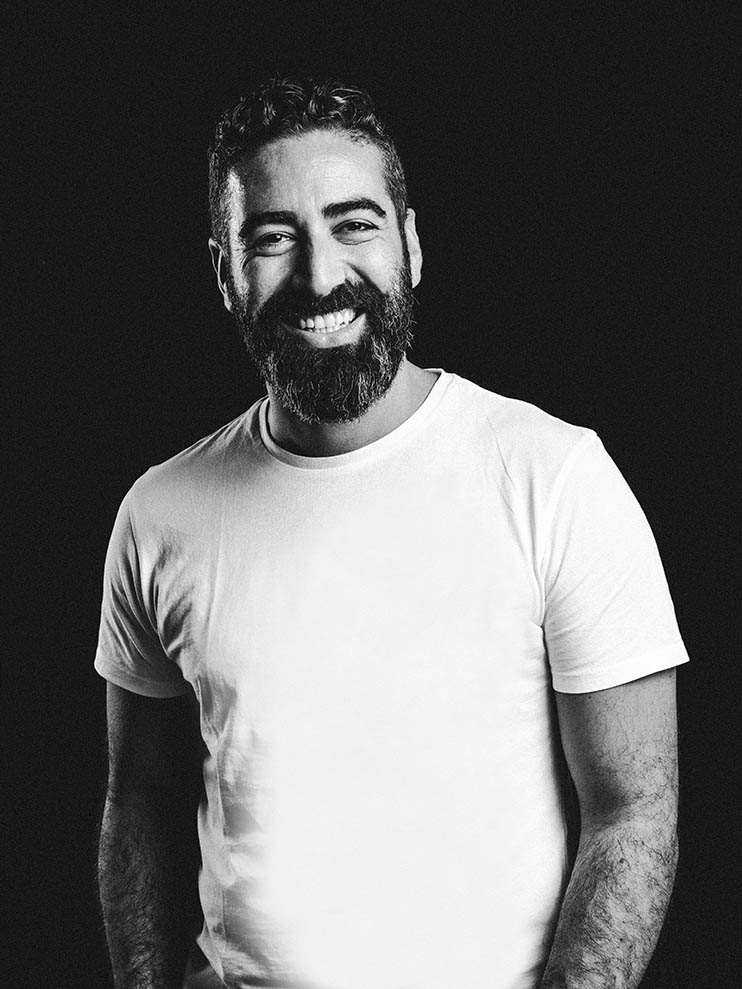News - Advertising
Experiences are Everything
by Iain Akerman
July 21, 2018

Experiential marketing is on the rise. From events and trade shows to pop-ups and virtual reality experiences, it is that rare example of a marketing discipline witnessing positive growth.
In the UK in April the IPA Bellwether report revealed that experiential budgets were up 7.8 per cent in the first quarter of the year. It’s a scenario that is mirrored across the world as traditional advertising spend falls and clients question the safety and effectiveness of digital.
THE EXPERIENTIAL DIVE
“It is being embraced for one simple reason,” asserts David Balfour, co-founder of Dubai-based LightBlue. “It gives brands direct access to consumers. Something that the press or influencers can’t offer to their clients.”
“On a day-to-day basis it can still feel a little isolated from the wider media/communications mix, but more and more brands and marketers are starting to see the longer term business value and brand loyalty that well-crafted, integrated brand experiences can generate,” says Kristian Valdini, director of content and experiences at OMD. “In the coming 12 to 18 months I fully expect to see brand experiences become a priority for brands, as they seek to clearly define and articulate their purpose to their audience in the most effective way.”

“In the coming 12 to 18 months I fully expect to see brand experiences become a priority for brands…”--Kristian Valdini, director of content and experiences at OMD
And yet experiential remains arguably underused across the Middle East and North Africa. More often than not it is viewed as an add-on – as an ancillary piece of marketing – rather than as a central component of any given campaign. As Rasha Georgy, executive director at JWT Experience in Cairo, says, it is “delineated as a separate item in the marketing budget”. As a result, this “siloed thinking does not support an integrated approach, which is a must for full ROI”.
DEFINITION
Maybe part of the problem is semantics. What exactly is experiential marketing? How does it differ from brand activation or event marketing? Are they all one and the same thing? Georgy refers to experiential as ‘live communication’, further muddying the waters. None of which helps the casual observer achieve a higher understanding.
Although clients are increasingly understanding what experiential is, “it is often confused with having a presence or handing out samples with promoters wearing your brand,” admits Balfour. Whereas experiential should be “all about real engagement with your consumers”.
“It allows them to become a fan organically but, more importantly, it’s about inspiring consumers to act,” says Balfour. “Experiential marketing is about participation, engaging consumers, creating memories and, most importantly, a positive relationship with our brands in an immersive way. But there are far too many formulaic campaigns and our audiences deserve better. They deserve a brand adventure. It is an ever-evolving domain where, as an agency, you always have to understand it, respect it and hack it.”

“Experiential is delineated as a separate item in the marketing budget. This “siloed thinking does not support an integrated approach, which is a must for full ROI.”--Rasha Georgy, executive director at JWT Experience in Cairo
The challenges facing experiential remain sizeable, not least raising the profile of the discipline itself. Cost and risk aversion are also two of the biggest brand experience slayers out there, says Valdini.
ON MEASUREMENT
Then there’s the issue of measurement. How do you gauge the success of a brand experience? How do you quantify the achievement of any given event in the physical world? Are social media shares, attendance figures, email sign-ups and product trials all but meaningless metrics?
“Success can be driven by numbers, engagement and ROI,” says Balfour. “We do not see it this way. Numbers are part of the equation, but the most important metric is your impact on culture, your impact on behaviours and on the market.”
But how do you measure impact? How can you tell if consumer perception has shifted, or if a decision to purchase was initiated by a particular brand experience? How do you track the consumer journey from awareness to the final decision to buy? It’s far from an easy task.

“Experiential marketing is about participation, engaging consumers, creating memories and, most importantly, a positive relationship with our brands in an immersive way.”--David Balfour, co-founder of Dubai-based LightBlue
“The industry is finding more ways to measure and asses the contribution that brand experiences can deliver, not only in-the-moment, but further down the purchase/decision-making funnel,” says Valdini. “We are already starting to see greater emphasis being placed on more engaging, personalised brand experiences powered by consumer data. As we start to join the dots between previously siloed brand experience touchpoints and consumer data sets it will become easier to better quantify the return and performance of such activity.”
EXPERIENTIAL IS FUN
Significantly, experiential is a field in which both brands and consumers can have considerable fun. At this year’s SXSW festival in Austin, Texas, HBO brought Westworld to life via the creation of a gunslinging theme park, while Warner Bros utilised virtual reality (VR) and 80s pop cultural references to take attendees inside the world of Steven Spielberg’s Ready Player One.
Both VR and augmented reality (AR) have the potential to greatly impact experiential, with the latter marrying the real and digital worlds – what Apple and Google have referred to as immersive computing.
"AR is (going to be) huge for brands,” believes Valdini. “The barriers that previously prohibited effective AR campaigns are fast falling as the big tech/mobile players (Snapchat, Facebook, Apple and Google) start to make it possible for consumers to access AR content instantly through their respective cameras (no clunky app downloads required). It is now possible for brands to create and deploy AR experiences in real-time and at scale without breaking the bank. When done well, AR can enrich a brand story, adding digital layers of depth and relevancy to seemingly vanilla real-world moments.”
To make the most of all this brands will need to be braver. Blink-and-you’ll-miss-it events have to be consigned to the dustbin and more dynamic experiences embraced. Ones that engage all the five senses and allow individuals to become an integral part of a brand’s story.
Valdini cites Sole DXB as an example of experiential done well, with brands and agencies from the region delivering “original, engaging, world-class brand experiences”.
“Continuity is key,” says Balfour. “Today, consumers want a brand to enrich their lives, not just fill their closets or decorate their walls. To deliver truly transformative experiences, brands must challenge the traditional take on events and trade show exhibits.
“I would like brands to be more daring as a whole, but also see more initiative from regional brands. This is their market and they should be at the forefront of its development.”














